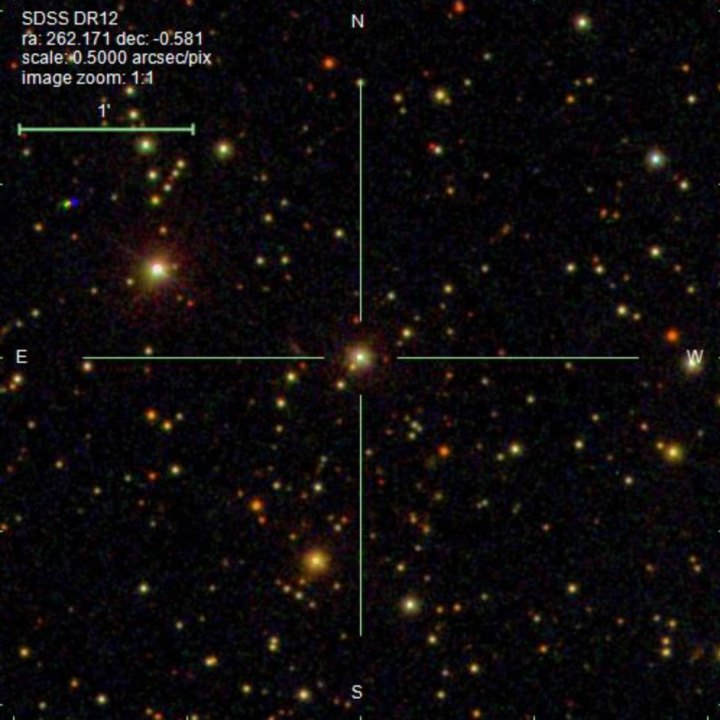Black holes are available in a wide range of sizes, from stellar black holes just a few instances the mass of the solar all the way in which as much as supermassive black holes, that are thousands and thousands of instances the mass of the solar and lurk on the coronary heart of galaxies. Just lately, astronomers found an enormous black gap simply 1,550 light-years away, which is correct in our neighborhood, astronomically talking. It is among the closest black holes ever found, with a mass 12 instances that of the solar. Being so near us, it’s an thrilling goal for future analysis.

“It’s nearer to the solar than every other recognized black gap, at a distance of 1,550 mild years,” stated Sukanya Chakrabarti, lead writer of the research from the College of Alabama in Huntsville, in an announcement. “So, it’s virtually in our yard.”
The black gap was found utilizing information from the European House Company’s Gaia mission, which is constructing a 3D map of the whole galaxy. The researchers checked out practically 200,000 binary stars, by which a star orbits a companion, to seek for instances the place the brightness of 1 star was adequate to clarify the brightness of the binary. That means that the companion in these binaries have to be darkish, which suggests the companion might be a black gap.
Then, the researchers took these chosen binaries and studied the Doppler shift of their mild, which reveals how large the companion have to be and offers details about the pair’s orbit and rotation. That is how they recognized and realized in regards to the close by black gap.
“On this case we’re a monster black gap nevertheless it’s on a long-period orbit of 185 days, or about half a 12 months,” Chakrabarti stated. “It’s fairly removed from the seen star and never making any advances towards it.”
In addition to discovering a helpful goal for analysis due to its location, the research additionally demonstrates how extra black holes might be recognized sooner or later.
“Easy estimates counsel that there are about 1,000,000 seen stars which have large black gap companions in our galaxy,” Chakrabarti stated. “However there are 100 billion stars in our galaxy, so it’s like searching for a needle in a haystack. The Gaia mission, with its extremely exact measurements, made it simpler by narrowing down our search.”
The analysis has not but been peer reviewed however has been submitted to The Astrophysical Journal.
Editors’ Suggestions


